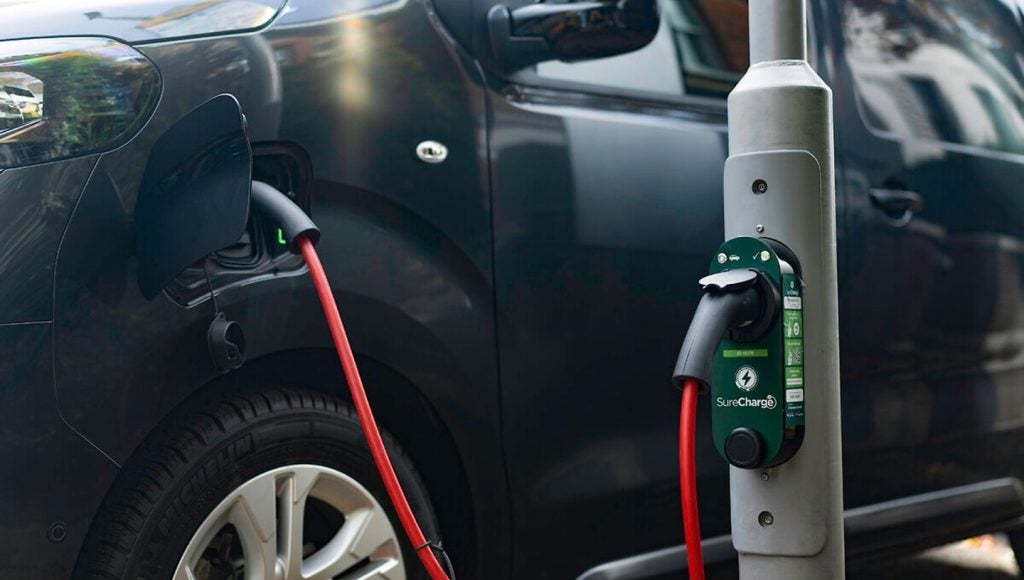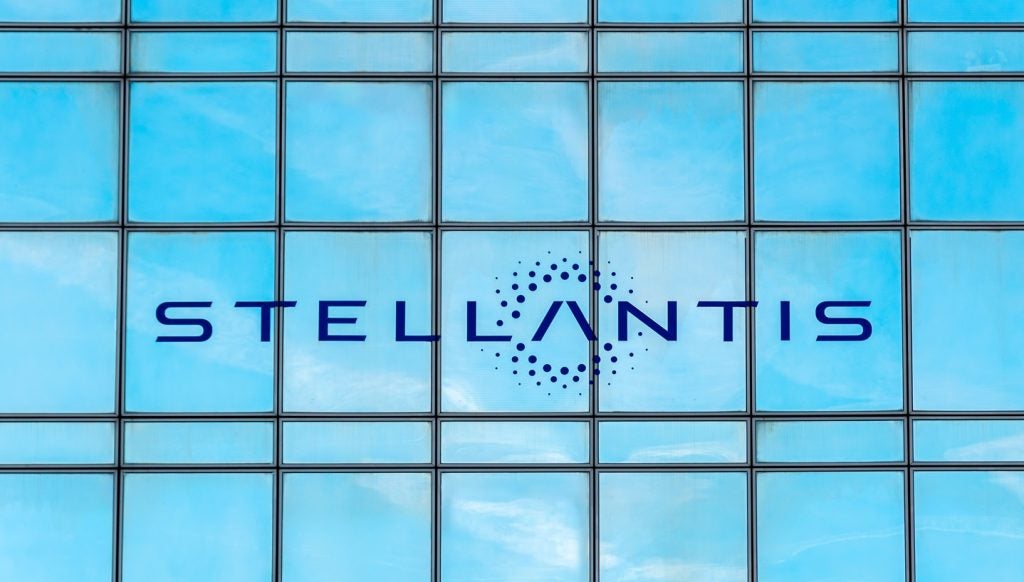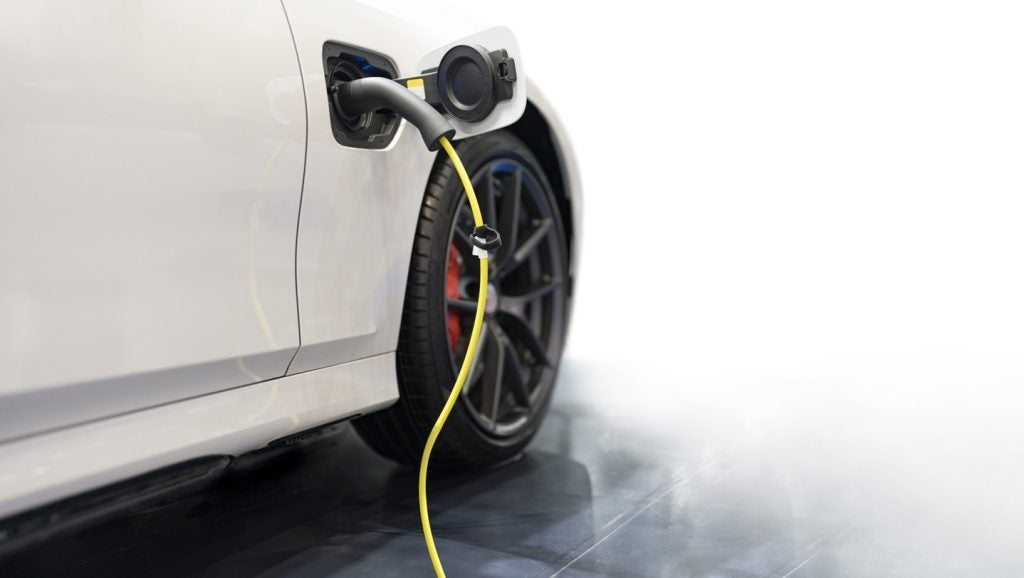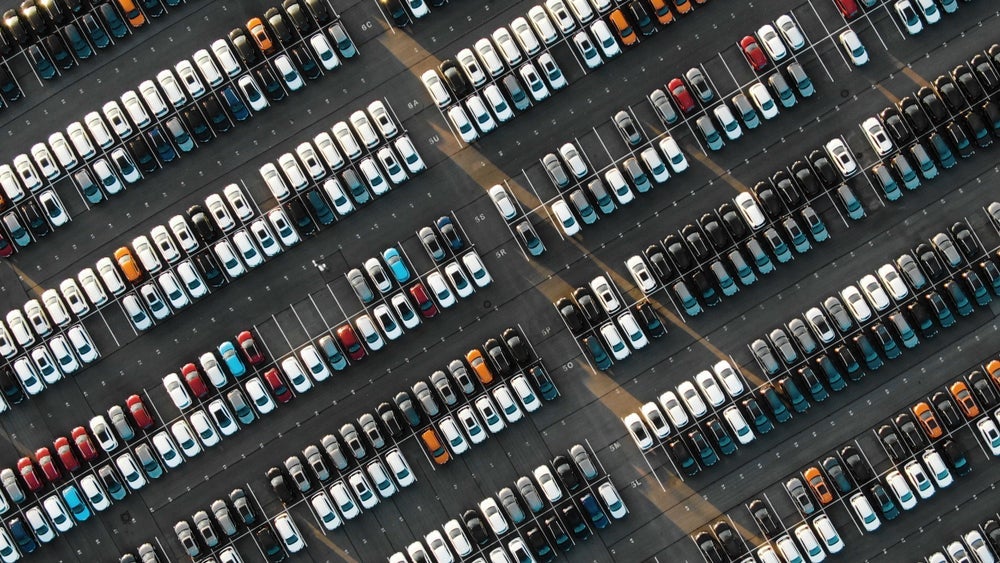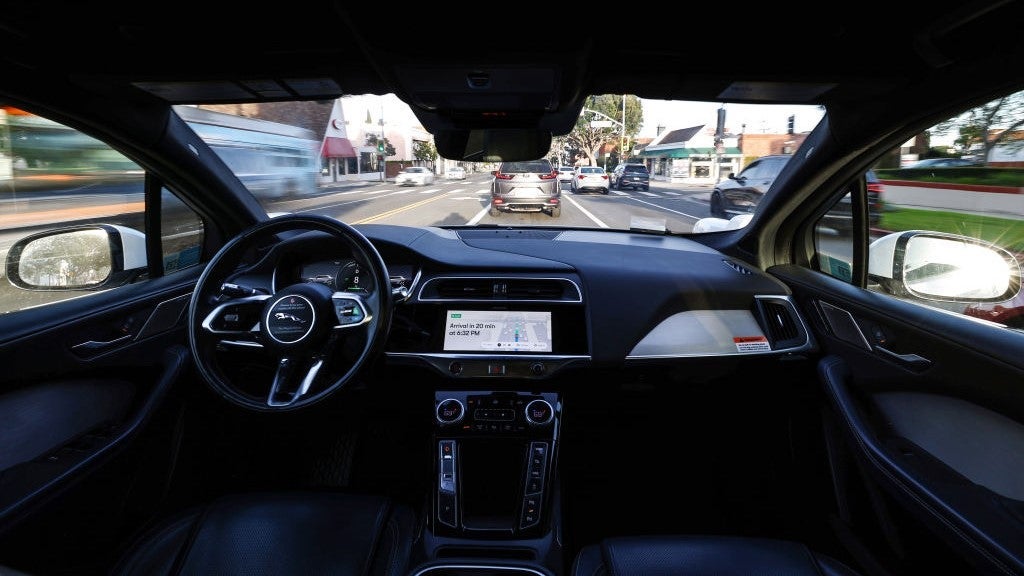
Major cities across the globe will have fleets of level four autonomous vehicles (AVs) by 2035, according to GlobalData’s new The Future of Industrials report.
Level four automation refers to a vehicle’s ability to drive itself independently (within parameters, such as software geofences). The report predicts that sales of level four and above AVs will reach four million units by 2040, and notes that level four robotaxis could be rolled out as early as 2025.
“The US, China, some European countries and smaller countries that have taken a highly supportive stance on AVs in general, will occupy leading positions in the global AV market,” it says. “The US and China will lead on early deployments of level four AVs. There is also a significant amount of development activity in Europe.”
The uses of AVs will be multifaceted. Warehouses and distribution centres will benefit from the technology’s ability to streamline material handling, whilst supply chains will benefit from AVs’ potential to take over tedious tasks in inventory management and predictive maintenance in industrial settings.
Logistics operations will also benefit from the introduction of AVs, which will include self-driving trucks, drones and delivery robots capable of transporting goods. There has been some early exploration in this area and, in 2023, UK store Asda launched a year-long trial using Wayve technologies for autonomous home deliveries.
Robotaxis will also prove to be a popular use case for AVs, and companies including Cruise, Waymo, Didi Chuxing, Uber, Lyft, Zoox, and Baidu are leading in the sector. In China, Apollo Go (a subsidiary of Baidu) has a 500-strong fleet of robotaxi AVs in Wuhan. In San Francisco, Waymo announced in June that it would be making its service available to the whole city (rather than the 300,000 on an approved waitlist).
However, despite the promise offered within the sector, there are challenges. These include safety concerns, and the associated scepticism from members of the public concerned about the mass adoption of AVs. Fears around the risk of AVs were heightened in 2018, when a pedestrian was killed by an Uber AV with a human safety driver on board in Arizona.
More recently, in 2023, Cruise recalled all 950 of its robotaxis deployed in San Francisco after one of its AV vehicles – named ‘Panini’ – hit a pedestrian. The accident happened less than two months after the vehicles were first introduced to the city.
The report also notes other obstacles: “Technological challenges for the adoption of AVs include safety concerns, extensive testing that will slow mass adoption, vision and sensor system flaws, and the need for widespread 5G.”



